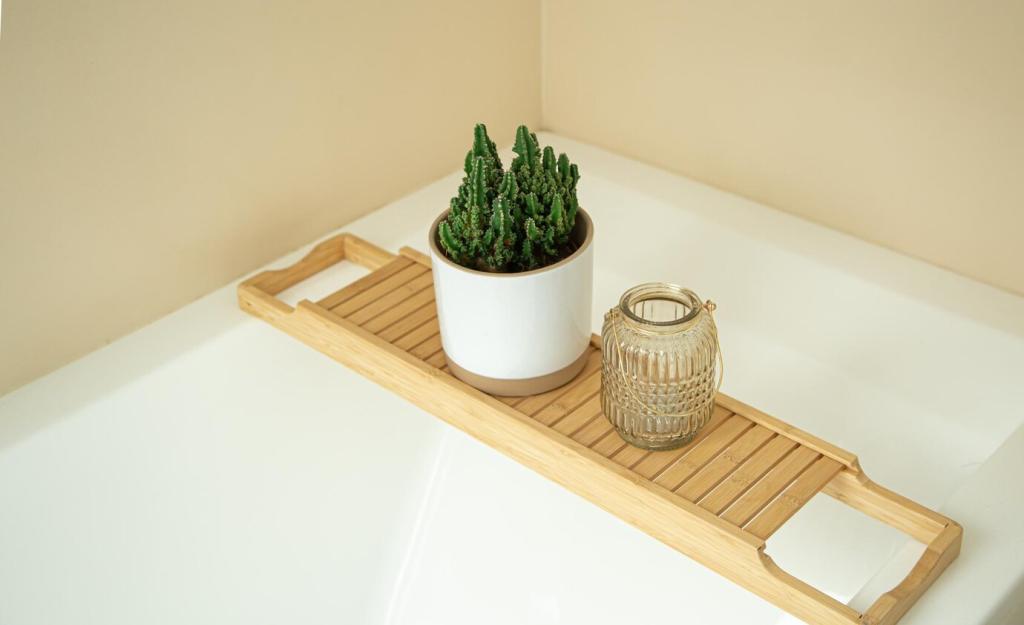Eco-Friendly Material Innovations in Furniture Design
Discover how furniture design is evolving to embrace sustainability with eco-friendly materials. As environmental concerns reshape consumer preferences, designers and manufacturers are investing in greener alternatives without sacrificing style or comfort. This page delves into the latest advancements in eco-friendly materials, exploring how they’re redefining what’s possible in modern furniture design. From rapidly renewable resources to cutting-edge recycled materials, each section highlights the ingenuity driving a more responsible and imaginative future for interiors.
Renewable Resources in Modern Furniture
Bamboo: A Versatile Green Alternative
Bamboo has quickly become a mainstay in sustainable furniture for its impressive growth rate and structural strength. Unlike hardwoods, bamboo can mature within a few years, enabling frequent harvesting without damage to its ecosystem. Its distinctive aesthetic, combining warmth with modern minimalism, has won over both designers and consumers. Bamboo’s adaptability stretches from elegant chairs to durable flooring, with each application showcasing its sustainability and tactile appeal. As harvesting techniques improve, bamboo continues to emerge as a top choice for eco-conscious interiors eager to marry form, function, and environmental integrity.
Cork: Comfort and Conservation
Cork, harvested from the bark of cork oak trees, offers a remarkable example of regenerative, low-impact material sourcing. The trees survive and even thrive after their bark is removed, allowing regular harvests without harm. In furniture, cork’s natural buoyancy, thermal insulation, and acoustic properties make it uniquely comfortable and practical. Cork’s recycling potential extends its life cycle, while its distinct texture brings a touch of organic elegance to tables, stools, and upholstery. Designers celebrate cork for its blend of softness, resilience, and minimal ecological footprint.
Reclaimed Wood: Timeless and Responsible
Reclaimed wood gives new life to lumber salvaged from old structures, factories, or fallen trees, transforming discarded material into cherished furniture pieces. Using reclaimed wood prevents unnecessary logging and keeps valuable resources from landfills. Its patina and unique grain patterns infuse interiors with depth, character, and a tangible connection to history. Craftspeople appreciate the strength and narrative richness of aged wood, while customers value pieces with provenance. By celebrating the past, reclaimed wood represents a forward-thinking solution for sustainable design enthusiasts.
Recycled Materials in Contemporary Design
Recycled plastics, sourced from bottles, packaging, and industrial scraps, are being repurposed into contemporary furniture with striking results. By diverting plastics from oceans and landfills, manufacturers help address pollution while providing versatile, durable options for both indoor and outdoor use. Advanced technologies allow these plastics to be molded into an endless array of shapes and colors, achieving finishes indistinguishable from virgin materials. Consumers seeking sustainability without compromise gravitate toward recycled plastic furniture, aware that their purchases support cleaner environments and inventive design.


Mycelium: The Fungal Frontier
Mycelium, the root structure of fungi, is garnering significant attention as a pioneering material in eco-friendly furniture. When cultivated under controlled conditions, mycelium binds together agricultural waste, resulting in lightweight, strong composites suitable for seating, panels, and decorative elements. These mycelium-based products are fully compostable and grow much faster than traditional materials, ensuring a rapid production cycle. Their unique, sculptural aesthetic complements futuristic interiors, while their biodegradability guarantees zero landfill waste at the product’s end-of-life—heralding a circular economy in furniture.

Bioplastics: Degradable by Design
Bioplastics, derived from renewable biological sources such as cornstarch, sugarcane, or algae, offer designers a palette of compostable alternatives to petroleum-based plastics. When utilized properly, bioplastic furniture can be as functional and visually appealing as its conventional counterparts, but with a crucial environmental distinction: these materials break down safely after disposal. Innovations in bioplastic composition now allow for a wide range of forms and finishes, spurring a wave of experimentation as designers seek to push the boundaries of what biodegradable furniture can achieve.

Plant-Based Foams: Conscious Comfort
Furniture designers are replacing conventional petroleum-derived foams with plant-based variants made from soy, castor, or palm oils. These foams offer all the comfort of standard padding, with substantial reductions in carbon footprint and reliance on non-renewable resources. They break down much quicker than their synthetic peers, avoiding persistent pollution issues. Plant-based foams maintain resilience and support, making them a favorite for eco-conscious loungers and sofas. As green chemistry advances, expect more plant-based solutions to redefine softness and sustainability.

Natural Oils and Waxes: Healthy Sheen
Natural plant-based oils and waxes are now the preferred choice for finishing wood furniture, providing protection and luster without toxic emissions. Their application preserves the tactile quality and grain of the wood, allowing each piece’s innate beauty to shine through. Unlike conventional lacquers, these finishes are VOC-free and safe for sensitive households, improving indoor air quality. The maintenance process is simple—worn areas can be refreshed instead of the entire surface being stripped, which extends the life of the furniture and makes it easier for users to care for their cherished pieces.

Water-Based Paints and Stains: Safer Color Innovations
Water-based paints and stains are rapidly overtaking solvent-based products thanks to their minimal environmental impact and lower toxicity levels. Modern formulations provide excellent coverage, durability, and a vast spectrum of hues, meeting the demands of both minimalist and eclectic tastes. Their reduced emission of hazardous fumes protects not only users but also craftsmen who apply them. Furniture treated with these finishes sustains vibrant color and resilience, all while supporting the movement toward chemical-free interiors and green manufacturing processes.

Recycled Laminates: Sustainable Shields
Recycled laminates, crafted from repurposed paper, fabrics, and resins, are making their mark as durable, eco-friendly surfaces for desks, cabinets, and tables. By rechanneling waste materials into functional layers, these laminates minimize landfill buildup and offer a protective barrier against everyday wear. Their design versatility allows for intricate patterns and custom looks, making them a favorite among designers striving for both beauty and sustainability. As technology improves, recycled laminates are increasingly matching or surpassing the performance of traditional options, propelling their popularity further.
Furniture manufacturers are investing in state-of-the-art machinery and refined processes that reduce energy demand at every step. This includes utilizing renewable energy sources, such as solar and wind, to power factories and optimizing workflows to minimize wasteful downtime. Energy-efficient production not only lowers operational costs but also dramatically cuts the carbon footprint associated with making furniture. As more companies prioritize green credentials, customers can make choices that benefit the environment without sacrificing design or quality.

Designers are increasingly tapping into materials native to their regions, such as ash, maple, or hemp, to reduce transportation costs and emissions. These materials reflect local identity and traditions, adding unique stories to each piece of furniture. Emphasizing indigenous materials maintains generational craftsmanship, supports sustainable forestry, and ensures that regional resources are used wisely. This hyper-local approach not only bolsters environmental goals but allows consumers to invest in authentic, culturally significant furnishings.
Local Sourcing and Short Supply Chains
Innovative Design for Longevity and Adaptability
Modular furniture systems are revolutionizing how people interact with their living and working spaces. Users can customize layouts, replace parts easily, or expand as needs change, without discarding entire pieces. This adaptability not only reduces waste but also preserves resources by facilitating continuous use. Modular design empowers consumers to make sustainable choices based on evolving circumstances, all while injecting creativity and personalization into everyday environments.
Furniture designed for disassembly is constructed in such a way that it can be easily taken apart for repair, refurbishment, or recycling. Clear labeling and standardized components enable users to replace worn sections rather than dispose of entire pieces. Manufacturers embracing this philosophy provide instructions and support, extending product lifespan and minimizing waste. This approach aligns with circular design principles and caters to consumers who value repair over replacement.
Choosing timeless, classic design principles ensures that furniture maintains its appeal across decades rather than fading with fleeting trends. Designers opt for enduring silhouettes, quality materials, and subtle palettes that age gracefully. This philosophy not only reduces the temptation to replace items frequently but also encourages emotional attachment, making consumers more likely to care for and maintain their furniture. Timeless design thus supports sustainability by valuing longevity and understated elegance.
